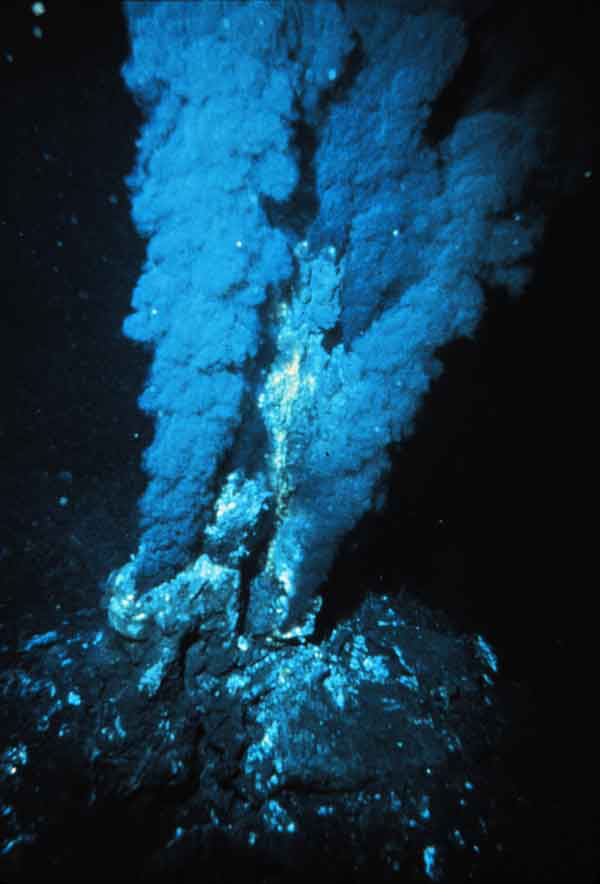THE PROJECT
ABOUT THE OSCAR PROJECT

PROJECT ABSTRACT
The cooling of young oceanic crust is the main physical process responsible for removing heat from the solid Earth to the hydrosphere. Close to the mid-ocean ridge, rapid cooling is dominated by hydrothermal circulation of seawater through the porous and fractured basalt crust. This hydrothermal fluid is then discharged into the ocean mainly along the ridge. In this interdisciplinary project we will investigate the effects of this heat loss and hydrothermal circulation in both the solid Earth and the ocean. We will, for the first time, derive an integrated model which will be constrained by geophysical, geological and physical oceanography data that includes pathways in both the solid Earth and the ocean including fluxes through seabed.
The most rapid heat exchange occurs close to the fast-spreading ridges, where there are little or no sediments, driven by hydrothermal flow. Cold ocean water enters the fractured basalt in areas on the ridge flanks and flows through the permeable crust becoming super-heated in the proximity of the axial magma chamber. This highly buoyant water ascends rapidly and escapes into the oceans along the ridge axis and is known to form distinct vents called black smokers. Once in the ocean the hot water mixes with the ambient cold water through entrainment and forms a plume that rises to its point of neutral density. The entrainment process may increase the volume of the water in the plume by several orders of magnitude thereby providing a mechanism to heat and lift the densest waters away from the bottom boundary layer. These waters are then more readily available for further mixing and heating as part of the global thermohaline circulation system. The intensity of the hydrothermal fluid flow in the crust decays with distance from the ridge axis because of clogging of the pathways by geochemical alteration products which changes the geophysical properties of the crust and with age, pelagic sediments isolate the fractured basaltic upper crust from the overlaying water preventing direct water exchange. Here conductive heat loss is determined by the thickness and structure of this layer of sediment.

the OSCAR Project can be found on the RCUK
Gateway to Research Pages
The project will acquire an interdisciplinary dataset which integrates physical oceanography and geophysics into a single data acquisition cruise. Using these data we will build and parameterise new integrated models that will provide valuable insight and new constraints of the thermal processes close to ocean ridges that includes a permeable seabed. These data and resultant models will set a new benchmark for integrated multi-physics experiments and will result in a new understanding of the fluid and heat fluxes at ocean ridges and, as importantly a better understanding of what geophysical and oceanographic data actually resolve in the context in an oceanic axial ridge setting, and a predictive model that can be applied to similar ocean ridge systems world-wide.
